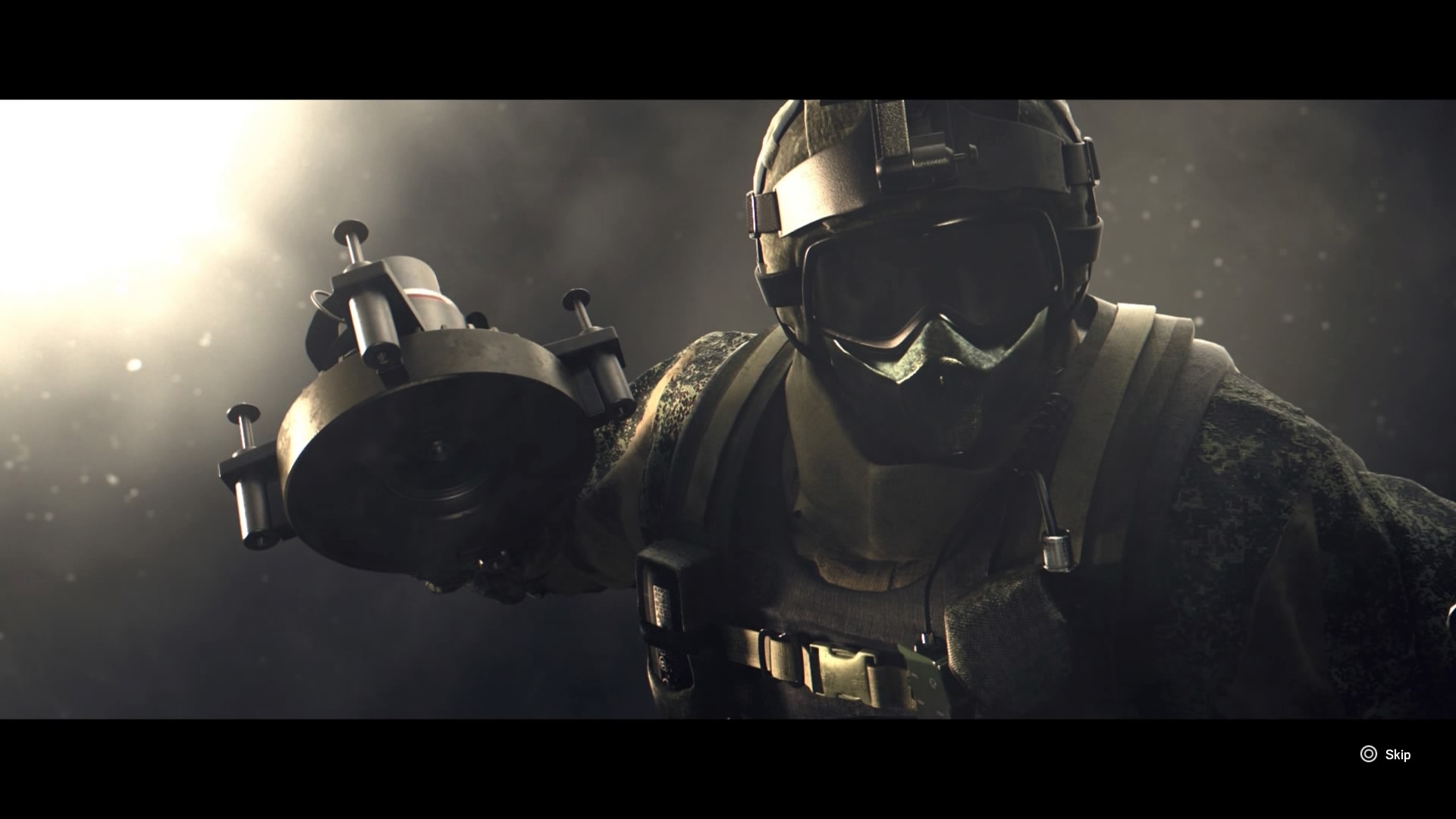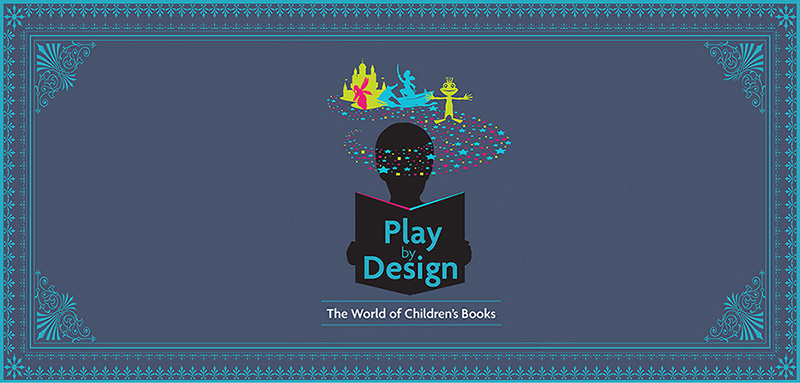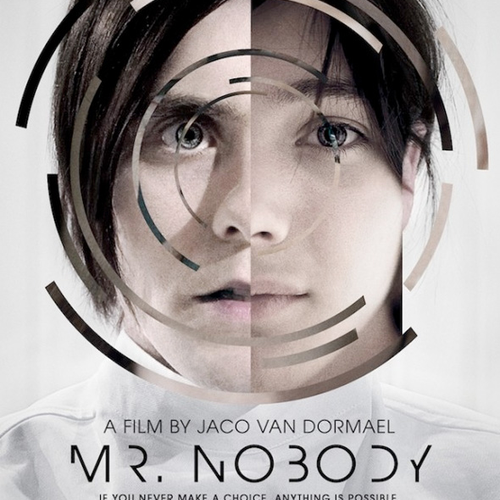Assassin’s Creed Syndicate
Following 2014’s rocky launch of “Assassin’s Creed Unity,” Ubisoft has made a great return to form with last October’s “Assassin’s Creed Syndicate.”
AC’s last few games either had severe technical issues or focused heavily on ship combat. Reminiscent of AC 2, Syndicate features a single sprawling city and a cast of memorable assassins full of personality.
The game takes place in Victorian era London and follows twin assassins Jacob and Evie Frye. Players can switch between the characters at will, allowing for the first female lead character in a mainline AC game. The twins have their own priorities in London and end up butting heads often, while both are relatable and fun to watch.
Both assassins make use a new array of tools and weapons that make for some of the series’ finest gameplay yet in combat and traversal. Jacob and Evie can use brass knuckles, cane swords and pistols in the game’s brutal and fast-paced combat. Previous AC games have made combat either too easy or frustratingly difficult. Syndicate strikes a perfect balance of difficulty in its combat that makes the player feel powerful, while avoiding mindless button pressing to win.

The assassins also make use of a new zip line launcher that makes leaping between rooftops refreshing and fun, just as it was back in 2009 when the second game released.
The story remains uninteresting, as it has been since the modern day story hit its peak in AC 3. But the gameplay and fun new characters make this a refreshing entry in a series that keeps tugging along year after year.
Rainbow Six: Siege
Rainbow Six: Siege is probably one of the most hardcore shooters I have ever played, especially on a console.
Siege is a tactical team-focused shooter that tasks you with either defending or attacking a single location. Players unlock and choose from a variety of operators with different abilities. The operators’ abilities are built around the game’s environmental destruction mechanics and range from a sledgehammer for tearing down walls to a ballistic shield for defending high value targets.
For players willing to build a team with coordinating operators, the game can be incredibly satisfying. Each player fills their own role, which can sometimes lead to a player sitting in a room waiting for things to happen.

There were matches in which I chose to be a defensive class and I ended up laying on the ground the entire round, only to have an offensive player blast through the roof above me and take me out instantly.
This type of situation will either be enticing or off-putting depending on how tactical of a player you are. Siege is targeting a specific crowd that values high-risk, high-reward gameplay. Players more accustomed to fast-paced shooter gameplay will be completely out of place in Siege. But that just means that this is a game that carves out its own market, instead of catering to what sells the most copies.
What’s coming next?
Ubisoft is set to follow up a strong holiday release schedule with an equally strong set of Spring releases. The end of this month will see the release of “Far Cry Primal.” Primal is a pseudo-sequel to 2014’s “Far Cry 4” in that it runs on the same engine. It is not necessarily a full-fledged entry in the series, but it changes enough and features such an interesting new setting to be considered a substantial new game. Primal takes players back to the stone age and puts them in the eyes of a caveman who can communicate with all kinds of animals.
In March, Ubisoft will release the long awaited “The Division.” This game impressed gamers years ago when it was revealed and promised a massive open New York to explore and level up your character in. Player interactions appear to be complex and deep, much like survival games made popular on PC recently. Expectations are high for “The Division” and it will live or die on its ability to be played alone. If it relies too heavily on cooperative play, players will quickly move on.




